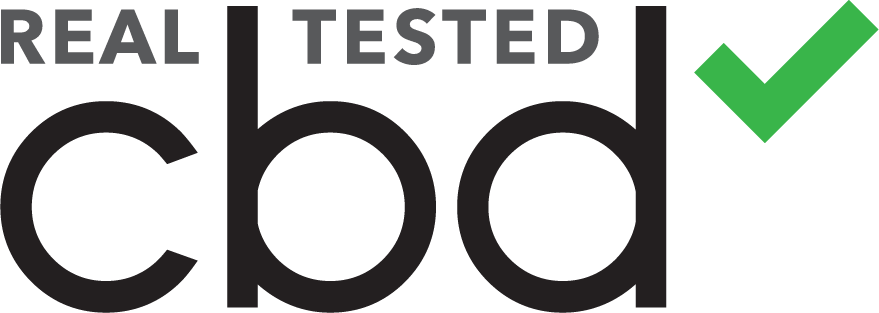It would be nice to believe the cannabinoid concentrations listed on a CBD product’s label. Unfortunately, there’s still a lot of funny business flying around the hemp flower market. No matter how professional the packaging may look, customers need to be extra skeptical of a company’s posted CBD and THC milligram counts. If you can’t get proof in the form of a third-party lab result, chances are high you’re not getting true CBD oil.
But you don’t have to trust Real Tested CBD’s word on this matter. One recent study from the University of Wisconsin shows how often a CBD product’s label matches reality. Hopefully, these findings will serve as a cautionary tale for all those involved in the hemp CBD market.
The University of Wisconsin Sounds A Warning Alarm On CBD Oil Labels
Recently, scientists at the University of Wisconsin collected a wide assortment of CBD products from local vendors. Once researchers got these oils, edibles, and beverages to their laboratory, they subjected them to high-performance liquid chromatography testing. Researchers then compared the posted CBD, delta-9 THC, and CBN levels with the concentrations they found in their analysis.
First, study authors detailed the accuracy of CBD percentages in standard CBD oils and tinctures. Only about 36 percent of the CBD oils had rates matching their labels’ claims. Another ~ 36 percent were under-labeled, while 9 percent were over-labeled. Interestingly, 18.18 percent of CBD products had no CBD milligram count on their labels, so researchers couldn’t compare them with a reliable range.
Although over 54 percent of these CBD oils had delta-9 THC, the highest concentration was 0.2 percent. The legal limit for delta-9 concentrations in full-spectrum hemp products is ≤ 0.3 percent. Lastly, only 9 percent of CBD oils had small traces of the rare cannabinoid CBN.
While CBD oils didn’t fare well in terms of accuracy, CBD beverages had the worst results. Scientists discovered just ~ 7 percent of CBD-infused waters had the correct amount of CBD. The vast majority of CBD bottled drinks in this study were over-labeled. Although 23 percent of these CBD beverages had some THC, there was never more than 0.0005 percent.
Lastly, researchers discussed the accuracy of an array of miscellaneous CBD items, including topicals, patches, and edibles. Interestingly, just over half of these products had no specific labels, so they were impossible to compare with posted CBD levels. Of those that had tags, over 65 percent were over-labeled, and under 40 percent were accurate.
The Moral Of Madison’s Report: Get A Third-Party Lab Test!
No matter your CBD company’s brand reputation, there’s a high chance its “official” milligram count is off. Until the US government orders greater federal oversight into the hemp market, CBD customers need to rely on third-party lab reports.
New consumers may also want to use the unbiased CBD reviews on Real Tested CBD for further guidance. Our hemp experts never take a CBD company’s labels at face value. We always run CBD products through in-house lab tests to prove they meet their posted claims. You can see how various CBD brands fared by using this link.
Advertising disclosure: We may receive compensation for some of the links in our stories. Thank you for supporting Irvine Weekly and our advertisers.


